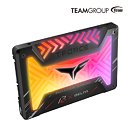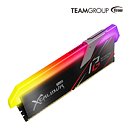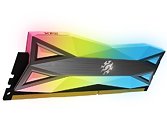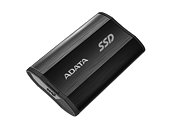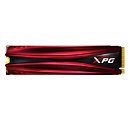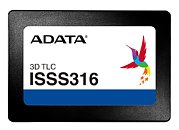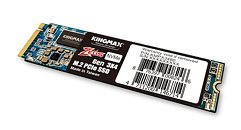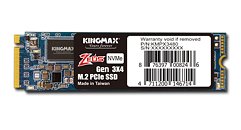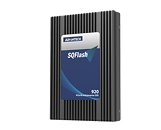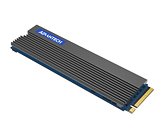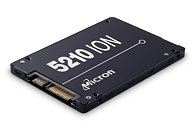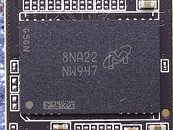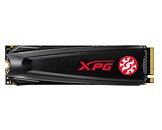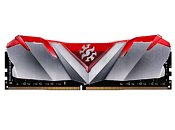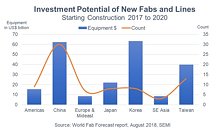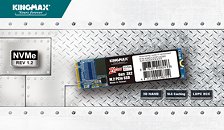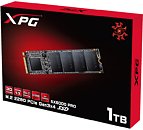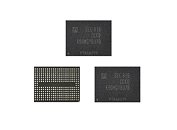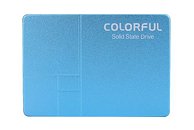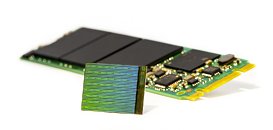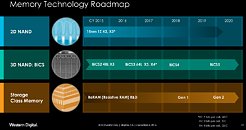
Team Group Announces ASRock Phantom Gaming Co-branded Memory and SSD
TEAMGROUP, the world's leading memory brand, today joins forces with motherboard leader ASRock and release the cobranded Phantom Gaming RGB solid state drive and RGB memory. Both of them are certified and strictly tested by ASRock Phantom Gaming and their lighting effects can be both synchronized with motherboard and officially presented in CES 2019.
The read/write speed performance of T-FORCE DELTA Phantom Gaming RGB SSD(5V) is fully evolved, you can upgrade your computer easily; T-FORCE XCALIBUR Phantom Gaming RGB luminous memory uses high quality OEM IC chips, and also has an eye-catching 120° wide angle RGB lighting range. The easy overclocking feature also receives top recommendations from gamers.
The read/write speed performance of T-FORCE DELTA Phantom Gaming RGB SSD(5V) is fully evolved, you can upgrade your computer easily; T-FORCE XCALIBUR Phantom Gaming RGB luminous memory uses high quality OEM IC chips, and also has an eye-catching 120° wide angle RGB lighting range. The easy overclocking feature also receives top recommendations from gamers.
